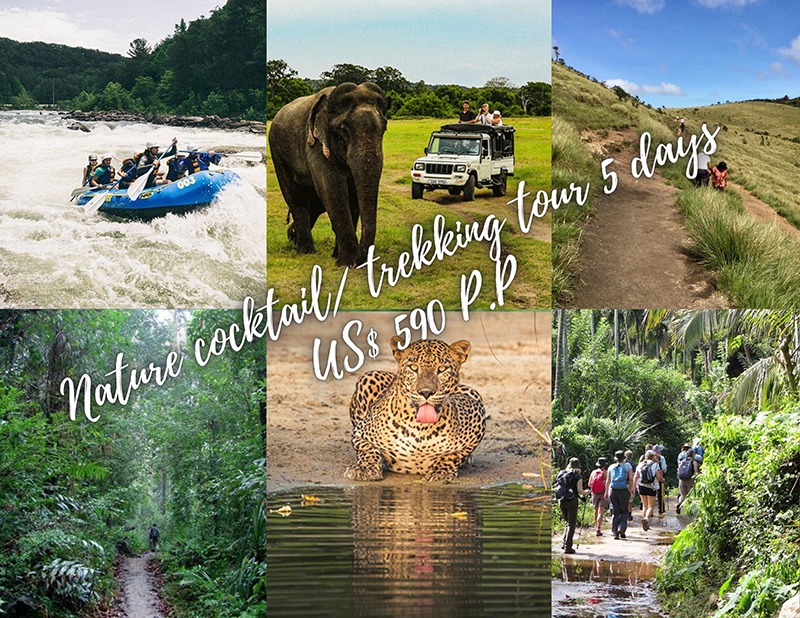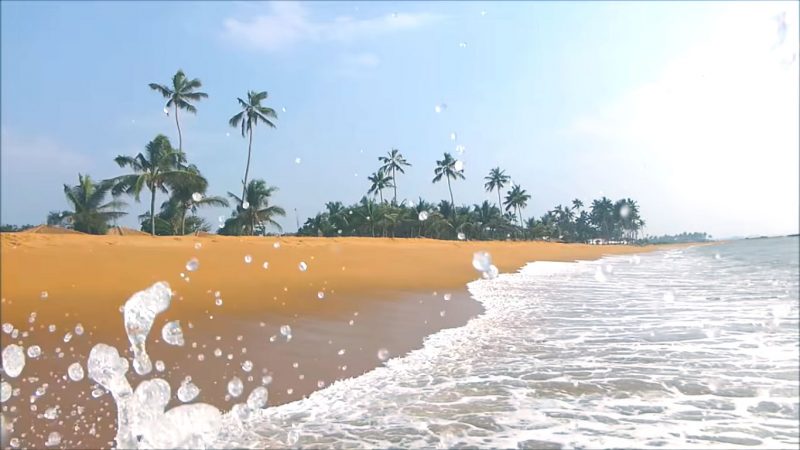Attractions Around Hambantota
Attractions around Hambantota
Hambantota is the historical important port city situated in the heart of deep South Sri Lanka. Hambantota is surrounded by many important Buddhist temples such as Kataragama, Dondra temple, Kirinda template etc. Apart from the religious importance, its historical and natural importance is also very high and therefore Sri Lanka southern tour is very appealing to most travellers.
Hambantota is most popular for the fishing industry. Apart from the fishing industry, Hambantota is popular for salt manufacturing and for tourism too.
Hambantota is the home for hundreds of kilometres long pristine beaches with Forts, bays, lagoons, canals and mangrove forests. It is one of the largest tracts of beaches in Sri Lanka. These palm-fringed beaches are still isolated and largely unexplored.
The tourist traffic to Hambantota is largely increased over the past several years, however, it still needs much much more tourist than it gets today because isolated beaches are vast. Most tourists visit Hambantota due to its large expanse of untouched sandy beaches such as Rekawa beach. Historical monuments and natural resources such as Yala national park as well as temples like Kataragama temple also play a big role.
The number of tourists, who choose Hambantota as their beach holiday destination has been considerably increased in the recent past. Today Hambantota is included in many Sri Lanka tours and excursions due to the number of tourist attractions such as Yala, Bundala national parks and beach resorts such as Hambantota, Tangalle.
The town is known as a centre of fishing and trade since centuries past. Hambantota bay, which harbours a large number of catamarans is being expanded to accommodate larger commercial ships such as tank carriers.
Even though the city is provided with the protection of the natural wall, made of centuries-old sand dunes, it was the most severely affected city in Deep South from Tsunami in 2004. Hambantota is a leading salt producer in the country and possesses many numbers of saltpans within its borders.
The life of the native people in this remote town had been battered by many hardships due to Malaria and poverty which resulted in the colonial rule. All are well explained in the book The village in the Jungle that was written by one-time Assistant Government agent Leonard Wolf. According to the book, Hambantota was the capital of the district which bears the same name.
On the direction of the east, a few kilometres from Hambantota is the famed city of Tissamaharama. It had been the capital of the ancient Ruhunu Kingdom, which had originated in the third century BC. Several pieces of evidence that show most its grandeur in the past are Santagiri Dagoba and Yalata Dagoba built by King Yatalatissa and Menik Vihara. The city is important for the Buddhist in the island and attracts thousands of pilgrims every year.

Even though Hambantota is dry which mostly own thorn bush vegetations, Tissamaharama is densely grown by the thick jungle because of the Tissa reservoir or tank. Tissa tank still provides water to irrigate the surrounding rice fields. It is the lifeblood of Tissa, attracts much wildlife and adds beauty to the small town. Tissa tank is the major water source for the area and is used for bathing, washing even for drinking same times it is a good source of fish. One can taste the deep-fried fish of the tank that is being sold on its bank.
Today with the increasing number of holidaymakers, it has become a city with great importance for the country’s economy. Being the nearest city to Yala national park and Bundala it is being visited by a large number of tourists. It plays an important role as a service provider for its visitors and tourism had become the main source of income for the people in Tissamaharama.
Yala is the second largest National park in Sri Lanka and it is being the best place for Sri Lanka wildlife tours. The national park is with the ground surface around 126,000 hectares. It is being recognized as one of the best places for observing elephants, especially Leopards due to the density of leopards. Other than the leopard; bears, deer, jackal, crocodile and a great many other animals and birds also inhabit the park.
Bundala National park
A popular destination for bird watching in Sri Lanka is much smaller than Yala national park and spread over 6,216 hectares. It is recognized as a wetland of international importance by Ramsar. The shallow lakes of bundala harbour brackish water due to its proximity to the sea, the park accommodates a large number of immigrant birds from September to April, during the harsh European winter.
Kalametiya and Weerawila are the other two popular places for bird watching in southern Sri Lanka, near Bundala national park. Lunugamvehera unpopular national park for safari is being inhabited by a large number of Elephants providing ample chances for observing elephants.

Kalametiya sanctuary
There are a large number of lakes, lagoons and reservoirs in the Hambantota district and Kalametiya Lake are recognized as one of the most important eco habitats in the region, it harbours an abundance of living habitats of birds. Kalametiya sanctuary is situated in the district of Hambantota towards the southern end of Sri Lanka.
The sanctuary is about 20 miles from Udawalawe national park. This sanctuary is popular for its abundance of bird species and most visited by bird lovers. The sanctuary occupies over 1760 acres of land and water surface in the southern dry zone.
Kalametiya sanctuary used to be a popular hunting ground in the past. But due to the untiring effort of nature lovers, it was declared as a protected area under a special gazette notification of 303/7 on 06/28/1984. Both Kalametiya and Lunama lakes were simultaneously becoming protected areas under the notification.
Kalametiya had been a sanctuary in the past but later the rules were changed to allow the hunters to engage in hunting. Kalametiya is the final destination of migrating birds that arrive in southern Sri Lanka. Most of them anchored in Kalametiya from October to April during the winter season in the northern hemisphere.
Apart from the migrating birds, Kalametiya is one of the best places to see the resident birds. Kalametiya attracts mainly birds due to the habitats that loved by birds. There is a well-developed mangrove forest in the sanctuary and occupied some portions of Kalametiya and Lunama lakes. There are many rare and endemic species of birds among the birds residing here. Especially after the North-East monsoon, the park is filled with hundreds of thousands of birds.
The sanctuary can be conveniently reached by a vehicle. One needs to take the turn to Kalametiya at the 135thmile post on the Colombo-Hambantota main road.
Borders of Kalametiya
Borders of the northern end of the sanctuary if formed by the portion of the road, between 133 and 135 mileposts of Tangalla-Hambantota main road. Lunama Lake and Hiwalgala footpath make the borders of the park on the other directions.
Painted stork (Mycteria leucocephala), White Ibis (Eudocimus albus), Glossy Ibis (Plegadis falcinellus), Grey Heron (Ardea cinerea), Purple Heron (Ardea purpurea), Spoon Bill (Plateinae), Purple coot (Porphyrio porphyrio), Black Winged Stilt (Himantopus himantopus) and host other waders are some of the most common aquatic bird species found here.
Ramba Vihara
Ramba vihara is situated in the Village of Pallerota in Ethbatuwa Wasama of Goiruwa Pattu East in Hambantota, Sri Lanka. It is picturesquely located on the west bank of Walawe river and Mamadala stream (a branch of the Walawe river). The nearest city of the temple is Manavulupura or modern Ambalantota, which is around 13 kilometres from the temple. It had been the capital of medieval capital of Ruhunu kingdom of Sri Lanka.
Nonagama is a major point on the Colombo– Kataragama main road after Tangalle and Ranna. One needs to take the Embilipitiya – Nonagama main road with a left turn in Nonagama. Ramba vihara is situated to the left side of the road after about 10 kilometres from Nonagama. It spreads over a plot of flat land, which is 200 acres in extent.






